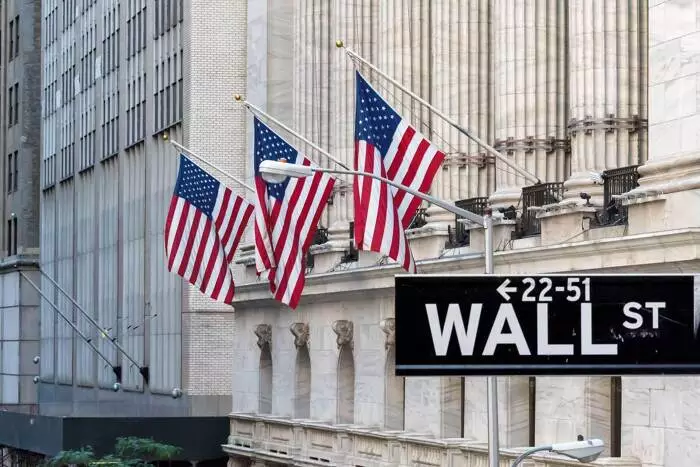The latest employment data paints a picture of conflicting signals that demand a nuanced interpretation. On one hand, initial claims for unemployment benefits have subtly declined, hinting at a resilient labor market where many companies are still retaining workers. However, the persistent rise in continued claims reveals a more concerning narrative: rehiring is slowing. This divergence suggests that while layoffs remain limited, those who find themselves unemployed are enduring longer periods before securing new positions. Such a slowdown indicates fragility—employers perhaps cautious in expanding their workforce, or unemployed workers facing a more competitive and prolonged search process.
This scenario contrasts sharply with the mind-bogglingly low unemployment rate of 4.1% in June, which superficially signals a robust economy. But beneath this veneer lies a more complicated reality—steady job additions in government sectors and the slowing pace of rehiring hint at underlying vulnerabilities. It’s a landscape where the headline figures—usually taken at face value—may obscure deeper issues like workforce slack and structural mismatches in the labor market. As such, optimism about rapid employment recovery appears misplaced; the actual health of the job market may be more fragile, with longer-term implications for consumer spending and economic growth.
Contrasting Growth and Contraction: The UK and Beyond
While the US labor market offers mixed signals, the UK’s economic health remains under considerable strain. The recently released GDP figures reveal a contraction of 0.1%, defying expectations and signaling the second consecutive month of economic decline. This contraction throws a shadow over Chancellor Rachel Reeves’ fiscal efforts, emphasizing the challenging environment the UK faces. Despite initial hopes for rebounding growth, the reality appears more subdued, perhaps even stagnant or shrinking.
The market’s reaction underscores the seriousness of the situation—investors and policymakers must grapple with slowing domestic activity, inflationary pressures, and a fragile recovery trajectory. The UK’s predicament exposes the vulnerabilities of a nation grappling with multiple headwinds, from Brexit-related uncertainties to global economic deceleration. The latest figures underscore that economic resilience is more fragile than headline figures suggest, and without strategic intervention, the risk of prolonged stagnation looms large.
Global Markets: Navigating Caution and Opportunity
On the global stage, markets are exhibiting a cautious, risk-off sentiment, reflecting fears of slowing growth and geopolitical uncertainties. European indices, such as the DAX and STOXX Europe 600, have dipped into red territory, signaling investor unease. US equities are also showing signs of hesitation; despite recent record highs in the S&P 500 and Dow Jones, futures are encumbered by doubts about ongoing momentum.
Tech stocks like Nvidia continue to defy expectations with all-time highs, highlighting the divergence within market sectors. Yet, even this optimism is tethered to macroeconomic concerns—namely, the potential impact of US tariffs on global trade. If the Trump administration proceeds with proposed tariffs, the global growth outlook could face significant headwinds. Such policies threaten to stifle international commerce, inflate costs, and slow down economic activity worldwide.
Bond markets reflect a similar cautious stance, with yields flattening and the 10-year Treasury yield edging higher but still within a fragile equilibrium. These movements suggest that investors are wary of rising inflationary pressures and uncertain Federal Reserve policy directions. Meanwhile, the USD’s slight appreciation signifies a complex interplay of safe-haven flows and speculative positioning, yet the currency remains vulnerable. Potential shifts—such as dovish moves by the Fed or changes in trade policy—could rapidly alter its course.
Challenging the Status Quo: The Power Dynamics of Policy and Markets
The broader narrative hinges on the intertwined decisions of policymakers, particularly regarding trade and monetary policy. The prospect of tariffs looms large, threatening to dampen growth and distort market expectations. If Trump’s tariffs are implemented, global supply chains could face disruptions, and inflationary pressures would likely intensify. Such shifts would complicate the Federal Reserve’s balancing act—aiming to curb inflation without triggering a recession.
Moreover, speculation about a shadow Federal Reserve chair cultivating a more dovish stance introduces another layer of complexity. If true, this could pave the way for lower interest rates, invigorating markets but also risking inflationary spiral. The evolving power dynamics within the monetary policy sphere highlight a landscape where caution is paramount, and market participants must be vigilant for signals of change.
The current environment offers both opportunities and threats. While certain sectors and asset classes continue to reach new heights, underlying vulnerabilities—such as labor market sluggishness, geopolitical tensions, and policy uncertainty—pose significant risks. Investors and policymakers alike are walking a tightrope, navigating these complexities with a mixture of optimism and caution, knowing that the economic landscape remains highly unpredictable.

